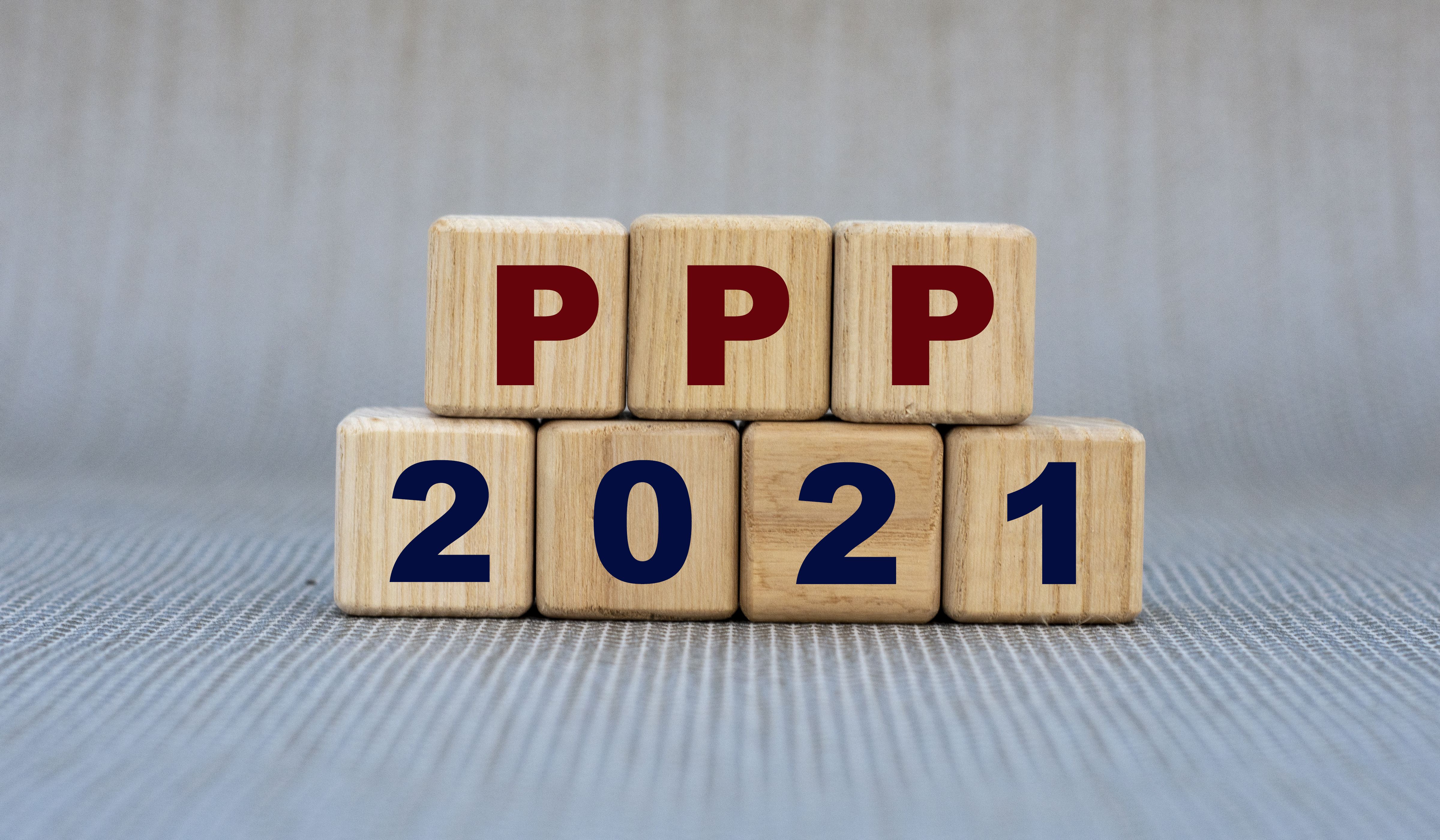7 Important Details For Dentists About Second-Draw PPP Loans
Additional help is now available through the PPP, so dentists can approach the new year with renewed confidence.
ZHANNA / STOCK.ADOBE.COM

Although the pandemic has posed unprecedented challenges, dentists have proven their resiliency. Now, more help is here with another round of funding through the Paycheck Protection Program (PPP). The new stimulus law reopened the Small Business Administration’s PPP, and until March 31, 2021, applicants who meet certain criteria are eligible for an additional PPP loan (a Second Draw), so long as they meet certain criteria—including having experienced a 25% revenue decline in any quarter of 2020 compared to 2019.
There are 7 important factors and differentiators to note about Second-Draw PPP loans. My company helped more than 1,300 borrowers—many of them dentists—secure over $150 million in PPP loans during the first round of funding under the CARES Act, and we’reparticipating in the program again. Here are some key details we are sharing with our Second-Draw borrowers:
1. Loan terms and forgiveness requirements haven’t changed. Loan terms and forgiveness requirements remain the same as defined in the original program:
- At least 60% of the funds must be spent on payroll costs. The remaining 40% or less can be used on other costs, including business mortgage interest payments, rent, utilities, and some newly eligible expenses (see number 2, below).
- Loan proceeds must be exhausted before applying for forgiveness.
- Borrowers can apply for forgiveness as soon as loan proceeds have been expended.
- Detailed documentation—such as paid checks, payroll documentation, receipts, and billing statements—is required to earn maximum forgiveness (NOTE: supporting documentation does not need to be submitted with the forgiveness application if the loan amount is $150,000 or less).
- Borrowers must use the funds during the applicable covered period (any timeframe between 8 and 24 weeks from loan disbursement) in order to have their loan forgiven.
2. PPE is now an eligible expense for forgiveness purposes. The recent stimulus law expanded non-payroll-eligible expenses to include worker protection expenses, operating expenses, and essential supplies. These are welcome and necessary additions for dental practices, almost all of which have purchased significant PPE to keep their patients and staff safe. These expenses, when combined with all other non-payroll expenses, must remain under the 40% cap.
3. Borrowers must document a decline in revenue. Eligibility criteria for Second-Draw loans include the requirement that borrowers demonstrate a 25% or greater decline in gross receipts for any quarter in 2020 compared to the same period in 2019.
4.The employee maximum is lowered. To qualify for a Second Draw, applicants must have 300 or fewer employees; this was 500 or fewer employees in the first round.
5.The maximum loan amount is reduced. Those who are eligible may apply for up to 2.5 times the borrower’s average monthly payroll during 2019 or no more than $2 million—whichever is less; this is a significant reduction from the first round’s $10 million maximum.
6. Loans up to $150,000 have a simplified forgiveness application. Those borrowing $150,000 or less will only have to complete a 1-page forgiveness application, resulting in a much more simplified process. Supporting documentation such as payroll records and receipts, are not required to be submitted with the forgiveness application, but Second Draw borrowers must provide evidence of a reduction in gross receipts (if not submitted at the time of loan application).
7. Work with your original lender, if possible. If you’re applying for the Second Draw, you can greatly benefit from going back to your original lender, which can expedite the application process because your application builds off the documentation submitted with your first PPP loan application.
With additional help now available through the PPP, dentists can approach the new year with renewed confidence. Implemented correctly, the PPP will be a major advantage for many practices, small businesses, our local communities, and the economy.